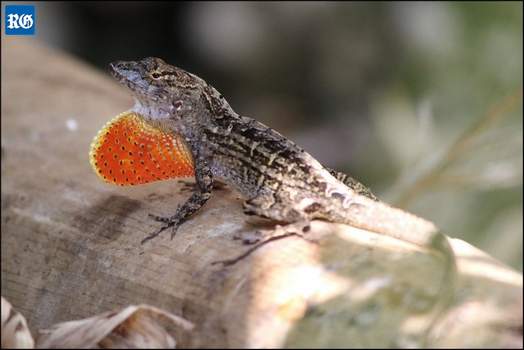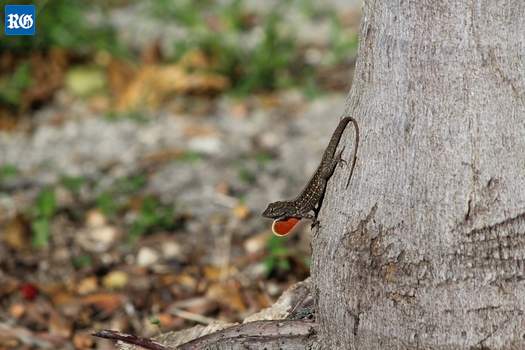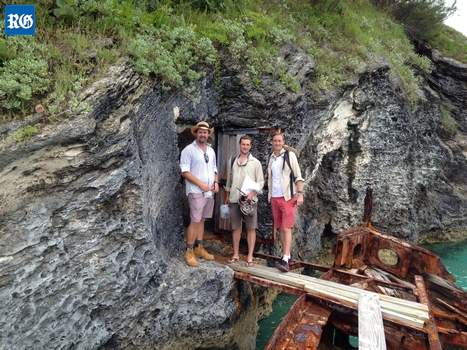Recent News
You can help with reef surveyWednesday, June 18, 2014
Budding environmentalists are again being urged to volunteer to help monitor the health of Bermuda’s reef systems.
Citizen scientists invited to participate in Reef Watch
Wednesday, June 18, 2014
Islanders are being invited to become citizen scientists while helping to protect Bermuda’s reef system at the second annual Reef Watch event.
Plans Gear Up As Reef Watch 2014 Approaches
Tuesday, June 17, 2014
Reef Watch 2014 is scheduled for Saturday, June 28th and members of the community are invited to become Citizen Scientists and participate in an island-wide effort to help monitor the health of Bermuda’s reef systems.
Staff and volunteers praised for their work
Wednesday, June 11, 2014
The volunteers, staff and organisations that helped to make Bermuda’s celebration of World Oceans Day a success are being praised for their “amazing work”.
Charities benefit from $303,640 raised by Catlin End-to-End
Wednesday, June 11, 2014
The Catlin End-to-End Walk raised more than $300,000 for a host of local charities.
About
GovernanceAbout Us
Newsletter
Latest News
Gift & Bookstore
Contact
General Inquiries
info@bzs.bm
Latest News
All the latest updates and news from the Bermuda Aquarium, Museum, and Zoo, one of Bermuda's leading visitor attractions!
Jonathan Bell
Published Nov 2, 2017 at 8:00 am (Updated Nov 2, 2017 at 6:05 am)

The brown anole lizard in Bermuda (Photograph by James Stroud)
Bermuda’s endangered skinks are soon to cross paths with a thriving invasive species that already outnumbers the entire native population.
James Stroud of Florida International University said the brown anole lizard had been recorded “living in some of the highest densities of any terrestrial vertebrate on Earth”.
Dr Stroud’s report was shared with The Royal Gazette in the wake of an article on the lizard’s spread after the reptiles were spotted around Aberfeldy nursery in Paget.

The brown anole lizard in Bermuda (Photograph by James Stroud)
Other clusters of the foreign lizard were found on the grounds of Belco and a lumber yard at Mill Creek, both in Pembroke.
The report, with Sean Giery from North Carolina State University and Mark Outerbridge from the Department of Environment and Natural Resources, “conservatively” estimated there were 4,000 to 5,000 of the lizards on the island — dwarfing a total skink population of 3,500.

Researchers on Nonsuch Island: from left, Mark Outerbridge of the Department
of Environment and Natural Resources, Sean Giery from the University of Connecticut,
and James Stroud of Florida International University (Photograph supplied)
The two species overlap “substantially” — both lizards prefer to stay on the ground, and eat the same ground-dwelling insects and spiders.
The scientists estimated that contact between the species might occur in less than ten years.
Brown anole numbers appear to reflect “an initial stage of invasion, and prior to exponential growth” — meaning the lizards could become a familiar sight around the island.
The brown anole, which is originally from the Caribbean, has spread around the world — partly because the lizards are popular as pets.


